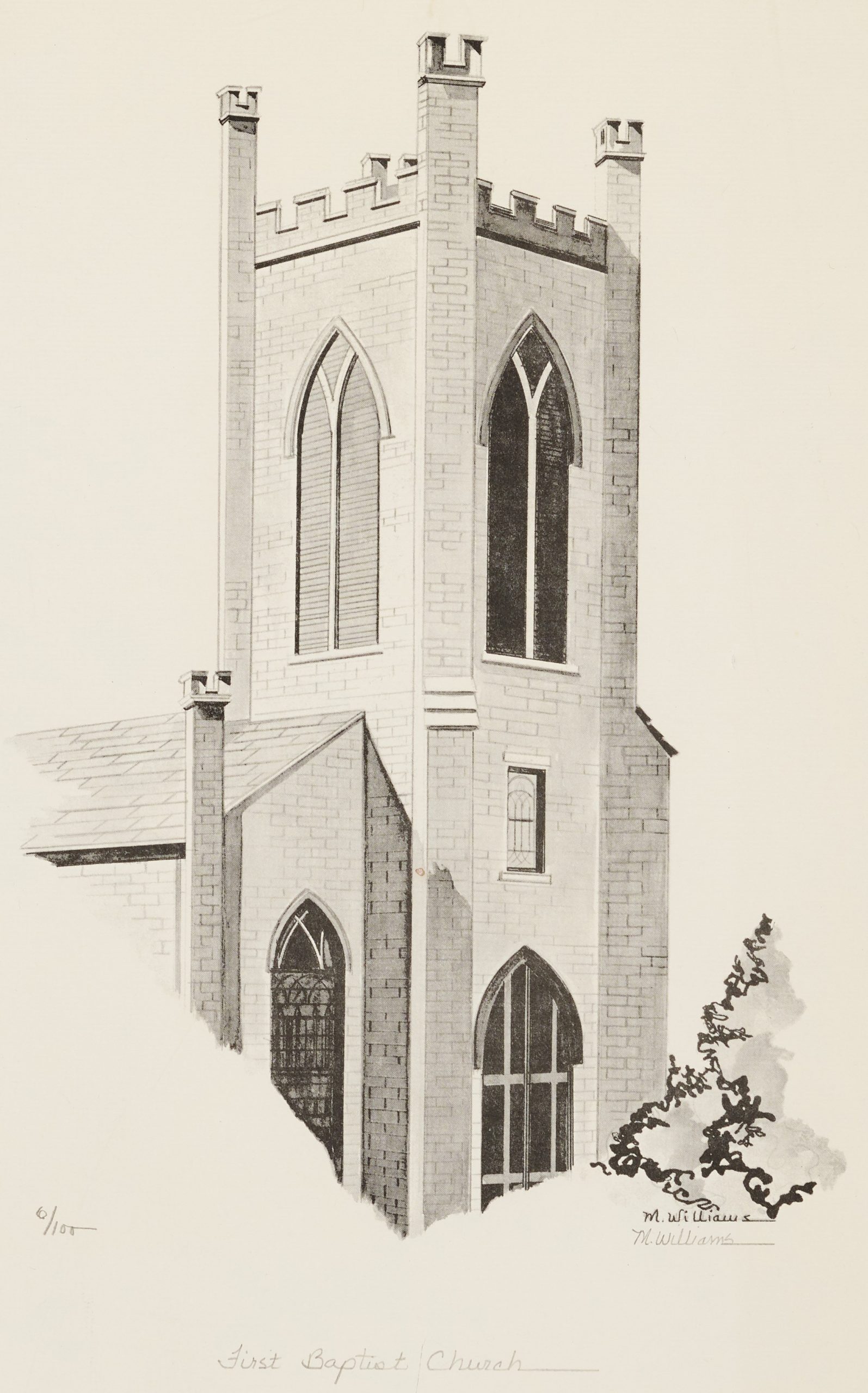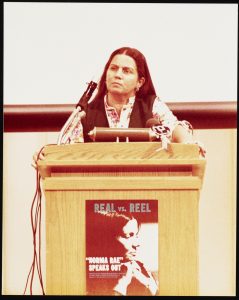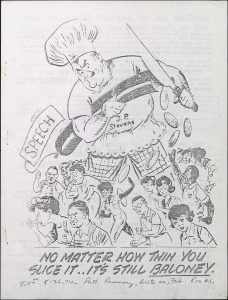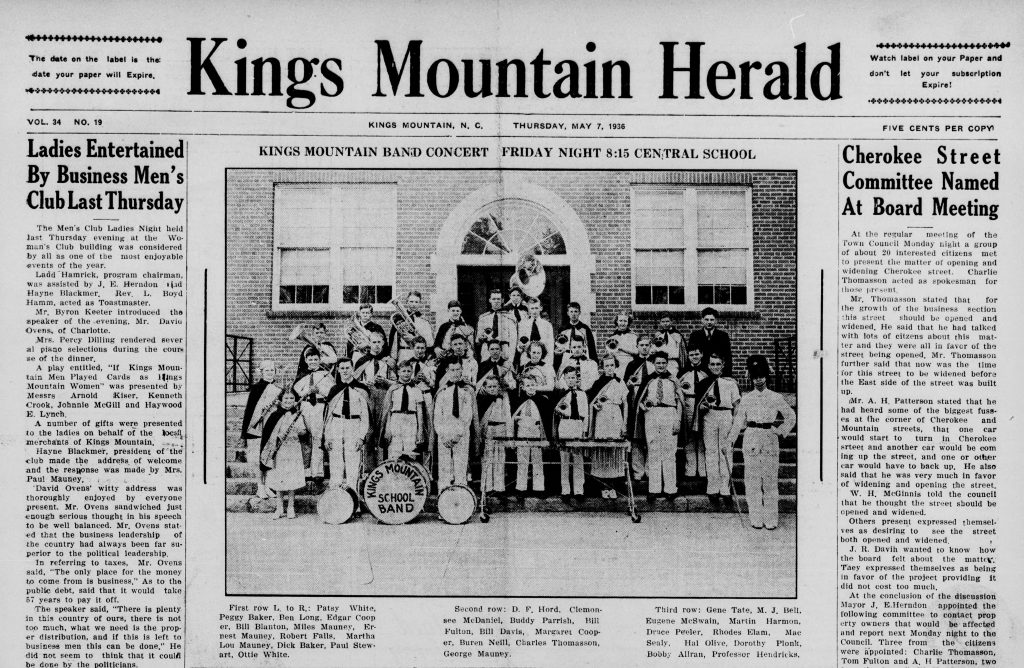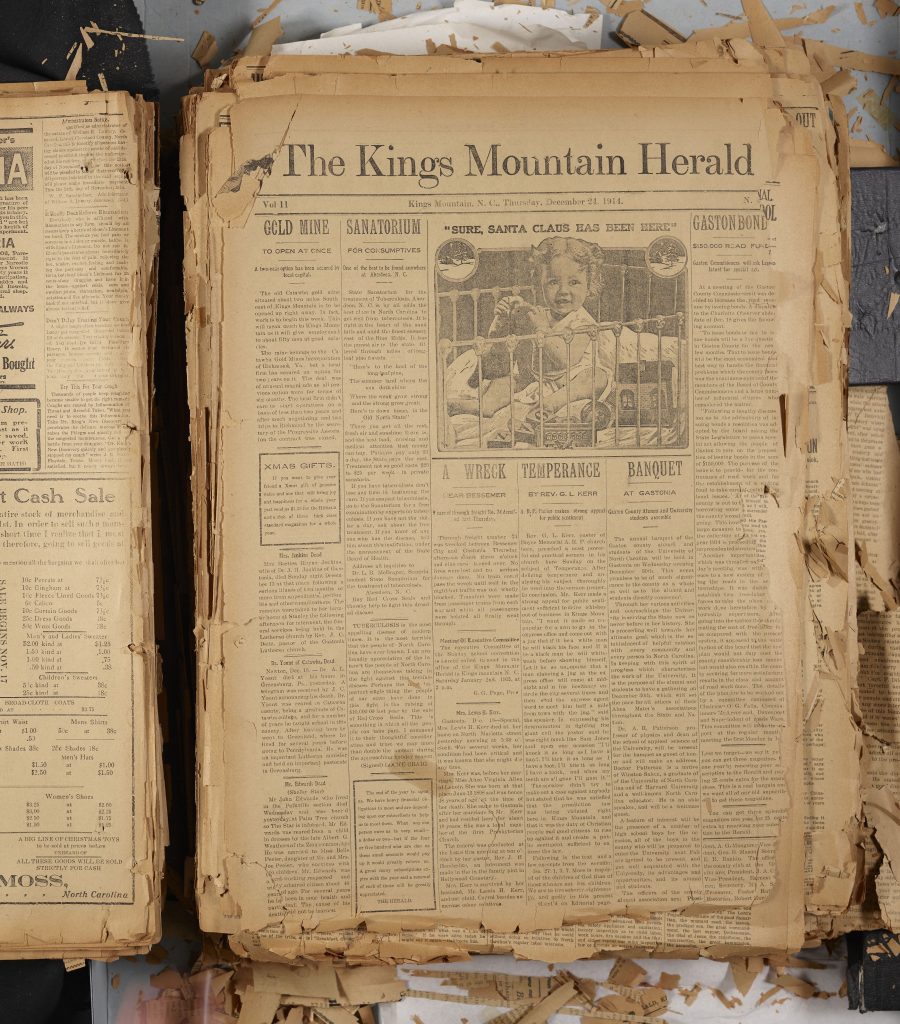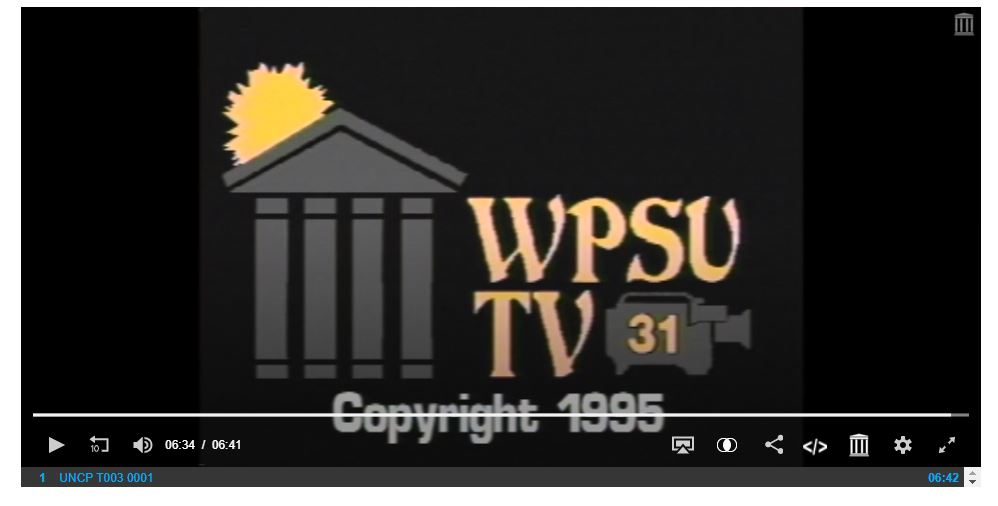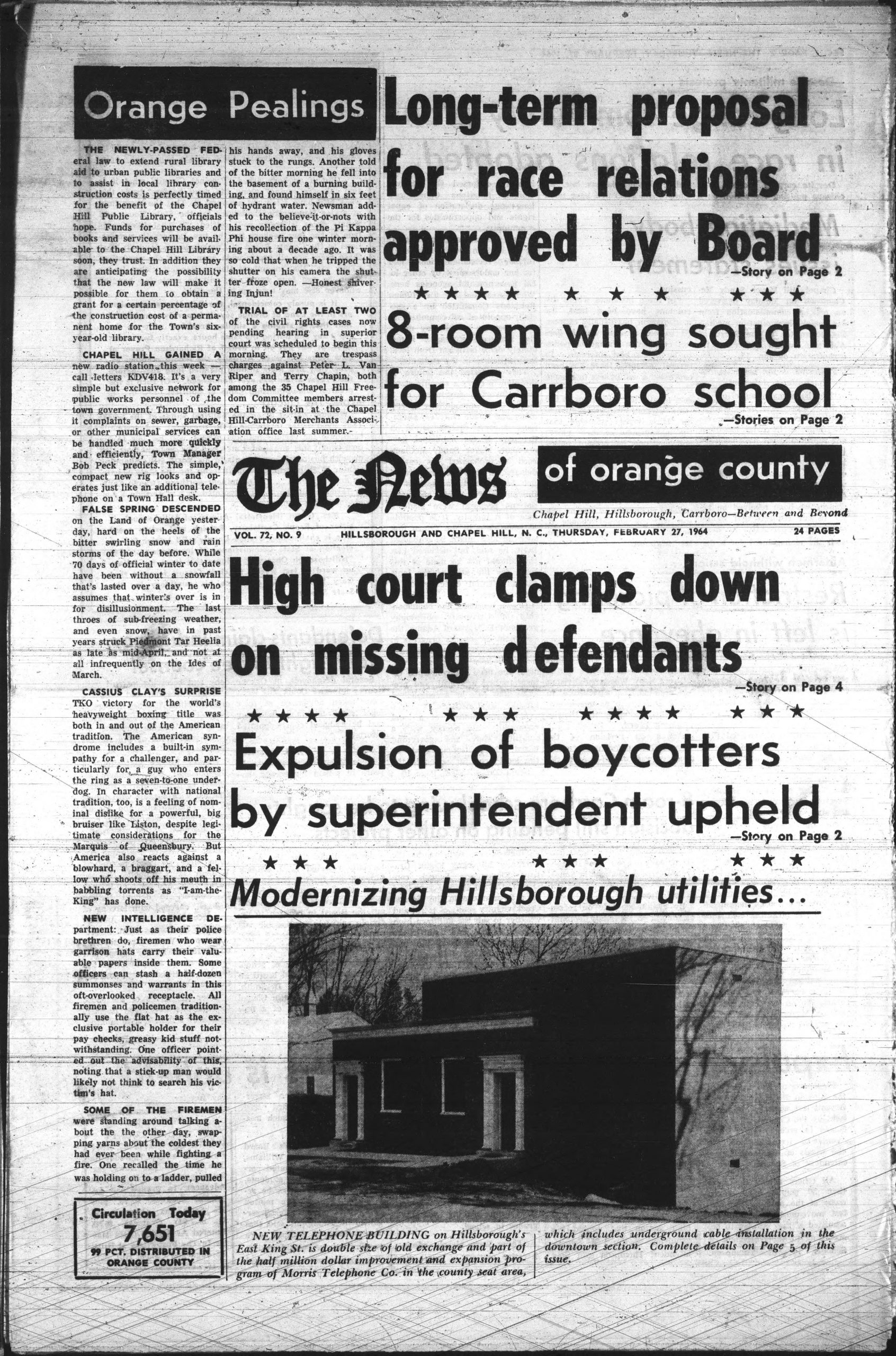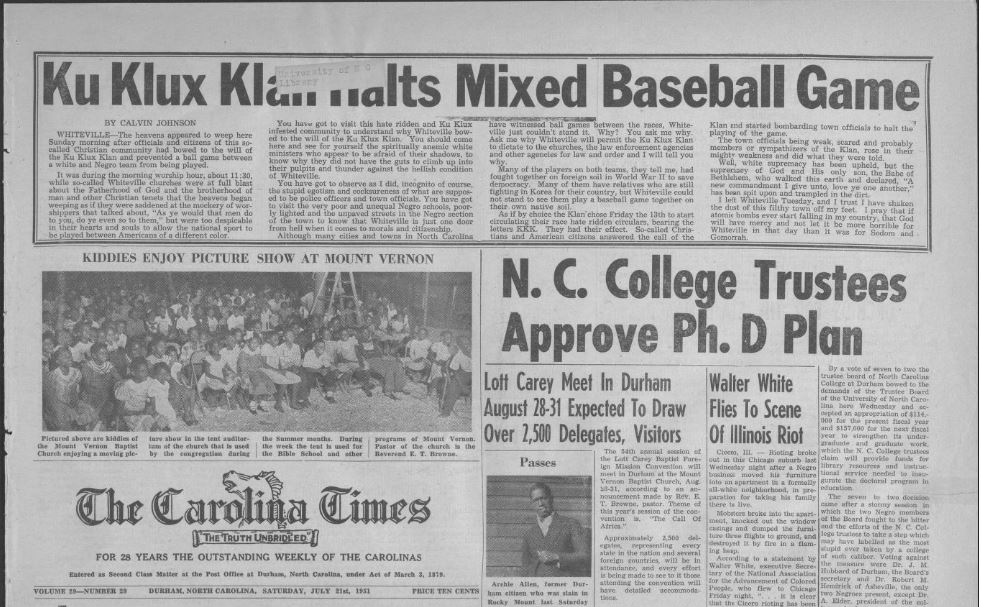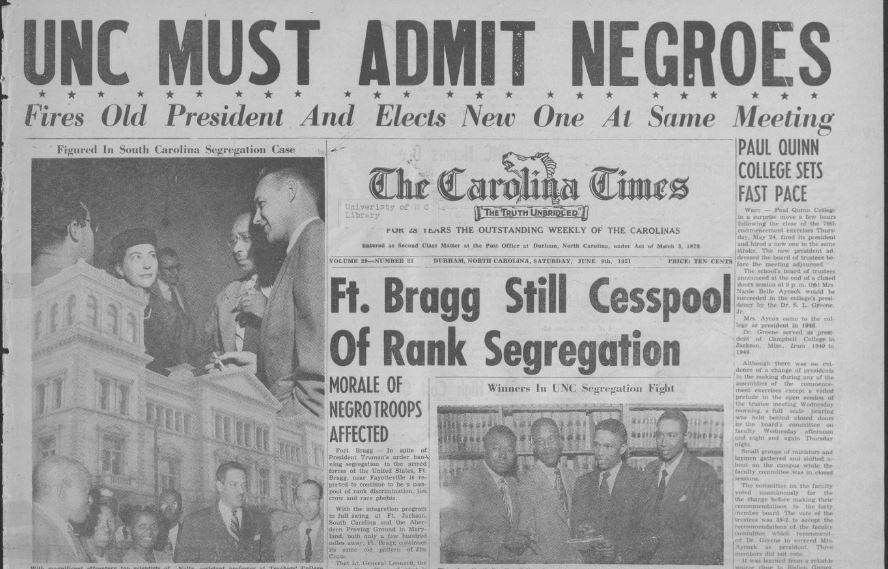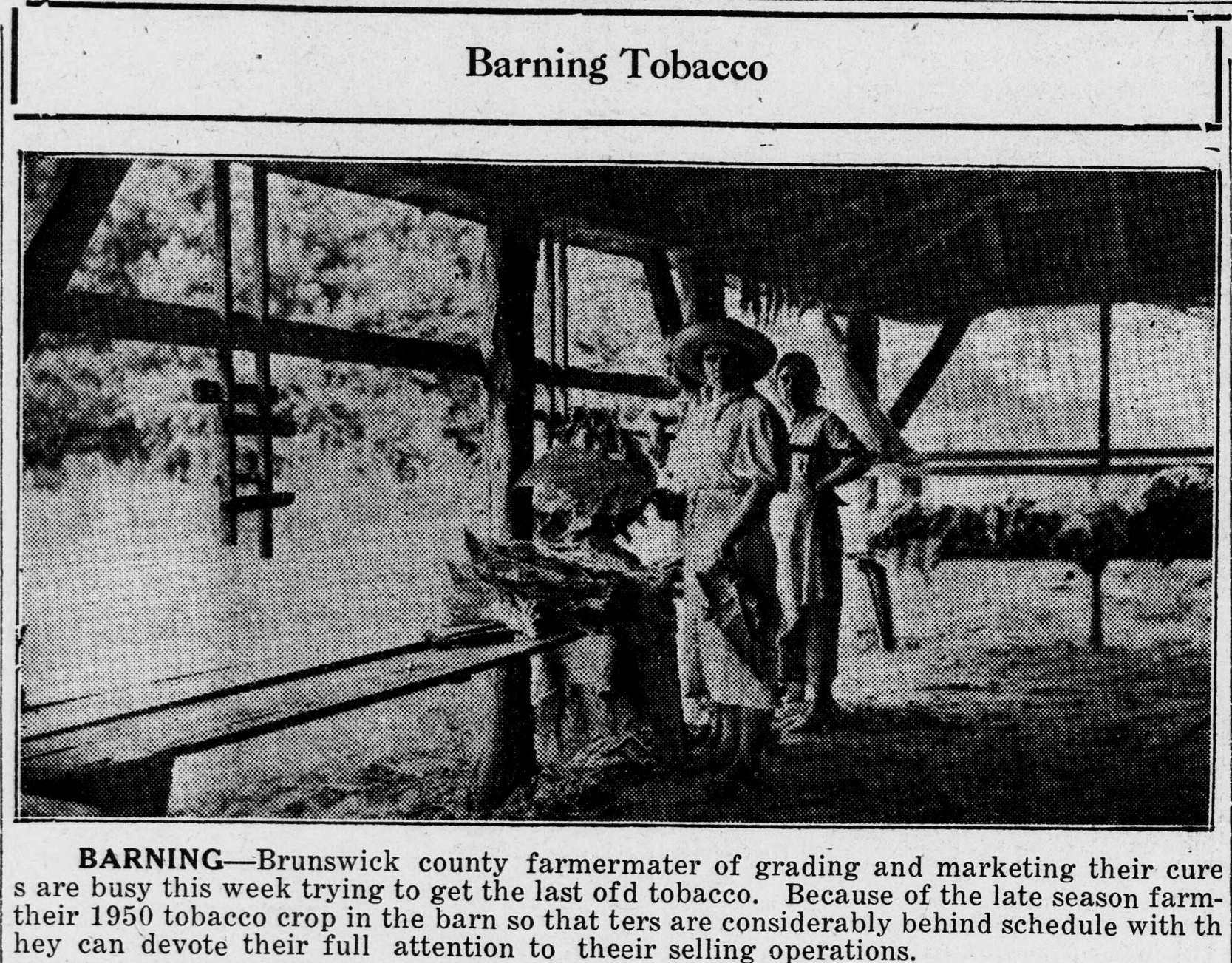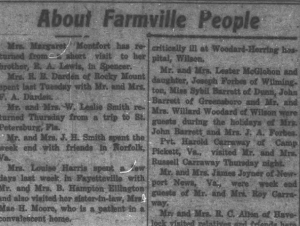Thanks to our partner, Asheville-Buncombe Technical Community College, a batch containing course catalogs from 1961 to 2005 and Evening School Bulletins from 1970 to 1980 from Asheville-Buncombe Technical Community College are now available on our website. These catalogs include information on the college’s history, faculty/staff and administrations, campus maps, course descriptions, and programs.
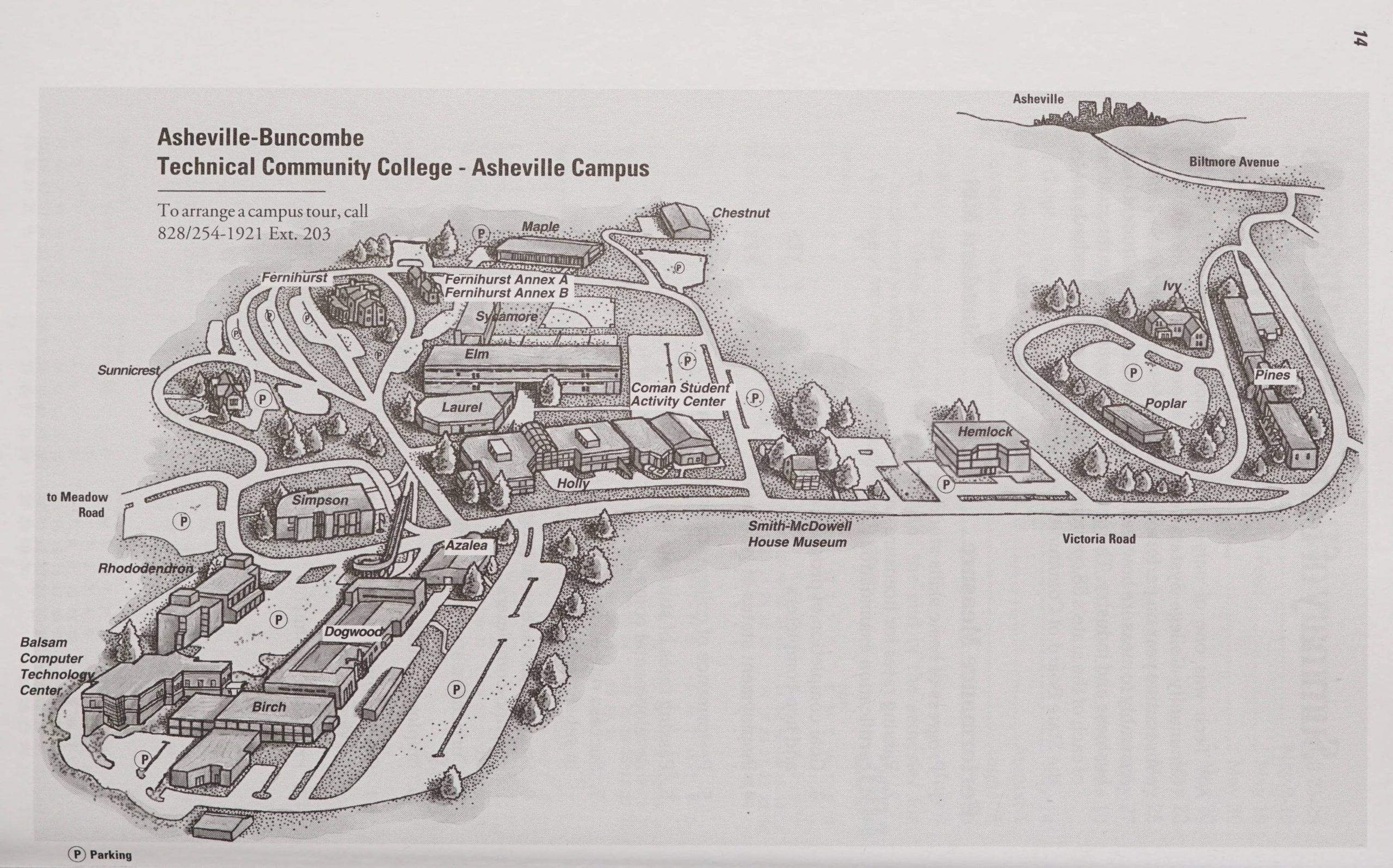
A-B Tech Main Campus
Over the years the college has gone through several name changes. A-B Tech was established in 1959 and was originally named the Asheville Industrial Education Center. After the creation of the North Carolina System of Community Colleges, the school’s name changed in early 1964 to Asheville-Buncombe Technical Institute. Fifteen years later, in 1979, the name changed again to Asheville-Buncombe Technical College. The final name change for the college occurred in 1987 when it was renamed to the Asheville-Buncombe Technical Community College.
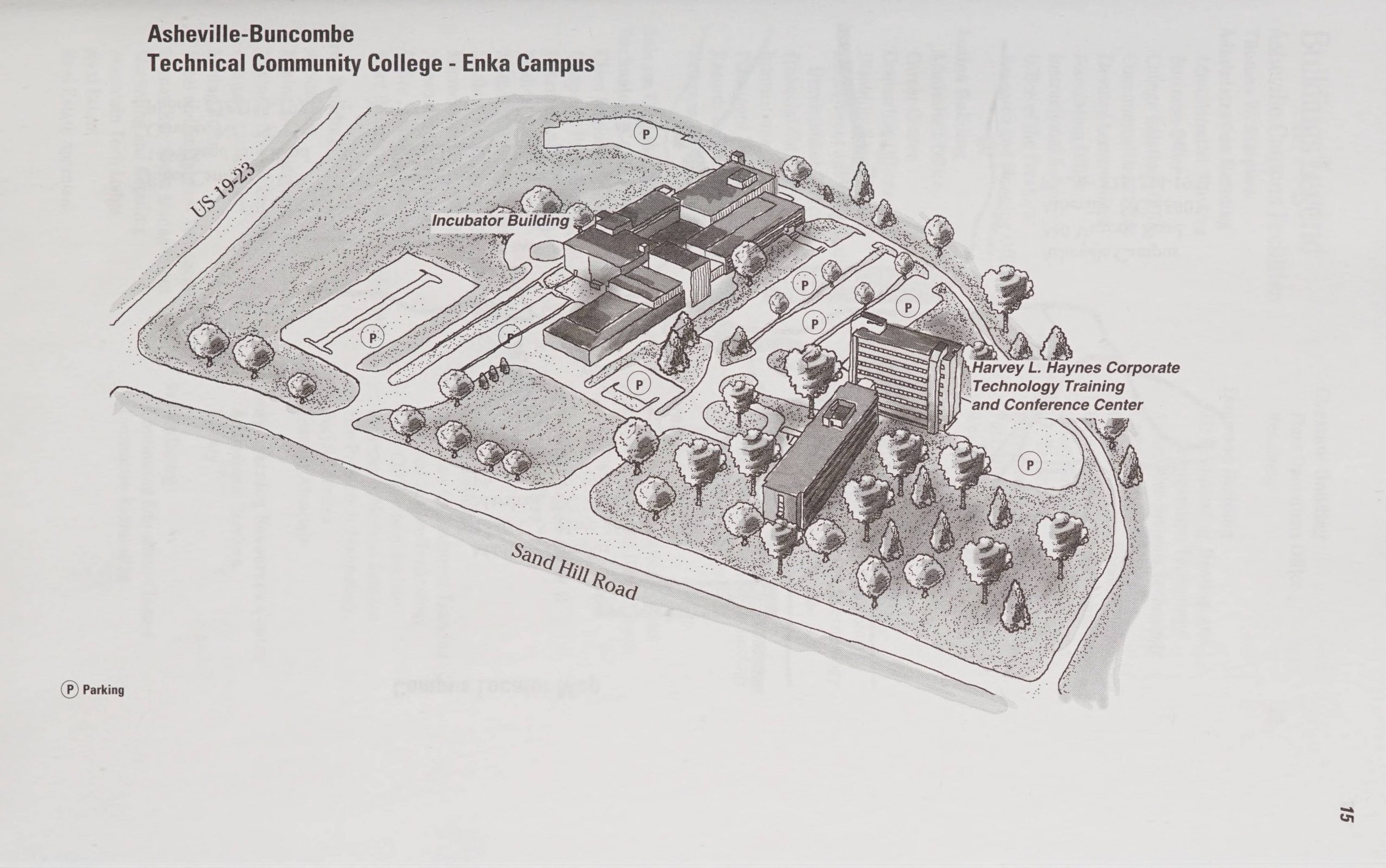
A-B Tech Enka Campus
The college has enjoyed strong community support as well as funding from the North Carolina General Assembly over the last 60 years. These funds have been used to expand A-B Tech’s physical campus as well as programs, staff, faculty, and services to the community. At one time, the college had four units that were located throughout Western North Carolina, but eventually these units gained independent status and became fully accredited community colleges. The first programs to be offered at the college after its establishment in 1959 were Practical Nursing, Electronics Engineering Technology, and a Machinist program. Today, the college has over 125 programs to study which includes a Brewing, Distillation, and Fermentation program.
To learn more about Asheville-Buncombe Technical Community College, please visit their website.
To view more materials from Asheville-Buncombe Technical Community College, visit here.
To view more of our materials from North Carolina community colleges, visit here.
